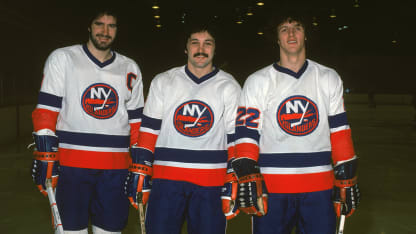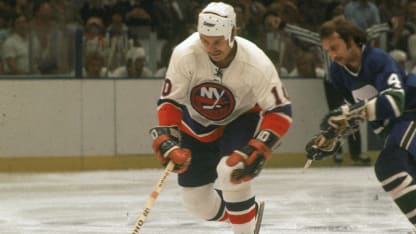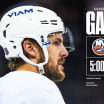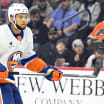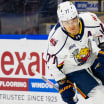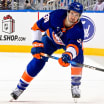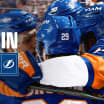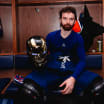To this day, hockey historians shake their heads in wonderment when evaluating the NHL's 1977 Entry Draft. "How," many a puck researcher has asked, "could one of the best shooters of all-time not be picked until number 15?"
Bill Torrey's chief scout, Jim Devellano, was equally stunned. "We had our eyes on Bossy and another good player, Dwight Foster," Jimmy D remembered. "But we certainly were worried that somebody between picking first and fourteenth would get Boss ahead of us."
It was a legitimate concern, considering that the Rangers had two picks, eighth and 13th. But the Blueshirts opted for Lucien DeBlois and Ron Duguay in that order. "Now," said Devellano, "we had to decide between Foster and Bossy. Mike's debits were that he didn't check and wasn't tough. Foster was a better all-round player"
Devellano, Torrey and coach Al Arbour debated both players with the team's scouting staff. Finally, Radar broke the deadlock with these words: "If you can assure me that Bossy isn't scared, then take him. I can teach a player to check, but I can't teach a player to score, and we need goals."
Apart from Maurice (The Rocket) Richard, Bossy would become the greatest natural scorer of all-time. Among Bossy's innumerable feats, he became the first player since Richard to score 50 goals in 50 games, helped engineer the Dynasty's 19 straight playoff series winning streak, and scored one of the most spectacular goals in the 1982 playoff final against Vancouver.
Unlike the famous Bobby Orr 1970 airline playoff goal that was scored before he was tripped and then went flying, the Bossy goal was a pure flying score. Here's how Bossy described it in his autobiography, Boss -- The Mike Bossy Story:
"We were leading 1-0 in the second period when I took two shots from the slot that goalie Richard Brodeur stopped. Save-rebound-save. My momentum from the follow-through of my second shot carried me to the inner rim of the left circle where I was dumped by defenseman Lars Lindgren just as Brodeur kicked my second shot back to me.
"I was parallel to the ice, in the air about to land on my stomach and face from the force of Lindgren's hit, when the puck reached me. Instinctively, I cradled it with my blade and managed to flick a backhander toward the net. Defenseman Colin Campbell slid behind Brodeur to block it, but the puck flipped Brodeur past Campbell, off the post and into the net.
"I was amazed. The only part of me touching the ice when I shot was the blade of my stick!"
